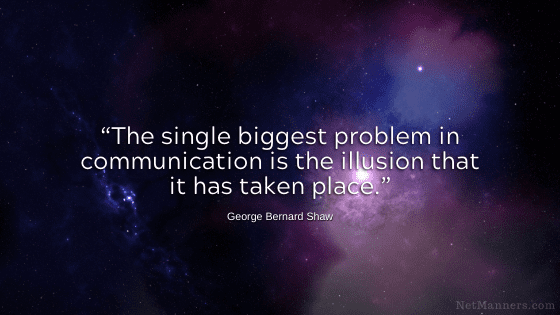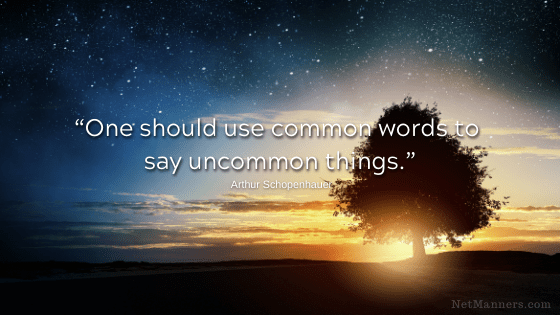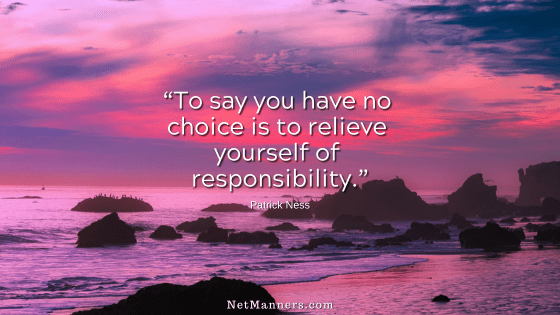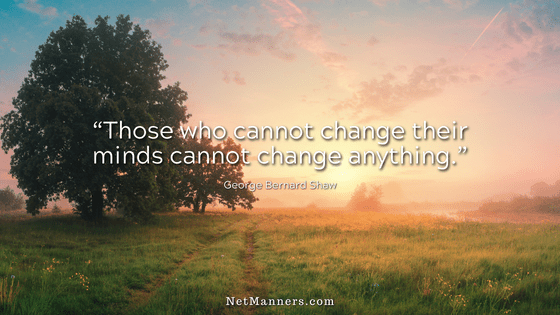10 Quick Everyday Email Etiquette Tips for the New Year
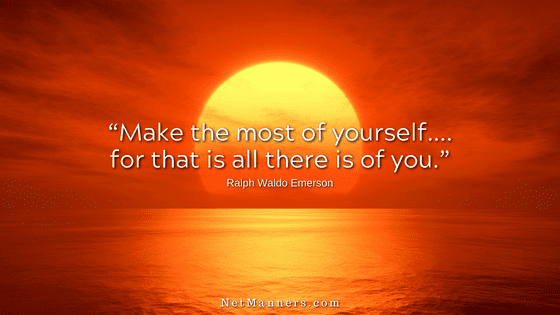
At this time of year, it is natural to look forward to the new year and think about what we can improve upon. After helping folks online for thirty years, there are still some issues that online users struggle with when using email properly.
Improving Your Email Etiquette…
Here are the things that I regularly see that folks can improve upon. By embracing these simple tips, you’ll improve your email communications and help avoid misunderstandings.
I also include links to more info on each topic for your convenience.
1. Proper Email Program Setup
Make sure you display your name correctly in the From: field. Formally capitalized. Not in all lowercase; not in all caps. Just showing your email address reflects a lack of tech-savvy. This will help ensure your emails look legitimate instead of being misidentified as spam.
2. Include Greetings and Sign-offs
Start every email with a friendly greeting and end with a sign-off with your name. One-sentence emails without these efforts can be perceived as demanding, terse, or even rude.
3. Subject Field Creation
Ensure every email’s subject field is clear and concise about the topic of your communication. Don’t hesitate to change the Subject: field when the conversation changes direction.
4. Rarely Use Bolding or Colored Text
Refrain from using bold or red text to show emphasis. Doing so leaves the level of emphasis to the other side (and they’ll usually over-emphasize), which can cause misunderstandings. Instead, choose your words carefully to reflect your intent and meaning.
5. Forward Sparingly
If an email states, “forward to all your friends,” don’t. Forwarding an email to many people is not personal and carries no special meaning.
When you have a message that genuinely pertains to any of your “real” friends, send a copy to each individual with a personal note about why you are forwarding them that message. Now that’s thoughtful!
6. Respect Privacy
Do not list all your contacts in the To: or Cc: field. You expose their addresses to strangers when you do, which is a severe breach of privacy and trust. Instead, when emailing a group of people who do not know each other, always put their addresses in the BCc: field.
7. Attach Thoughtfully
Never send large attachments unannounced without first asking if the recipient would be interested in what they contain. After that, ask when it would be best to send them to keep their inbox clear.
8. Writing is a Skill
Email is writing. It is wise to work on your writing and communication skills. Doing so makes sure that your emails are not misunderstood or disregarded.
Lack of spell-checking, grammar, and proper sentence structure reflects a lack of education or concern about being taken seriously. Don’t be that guy or gal.
9. Check Your Folders
Check your junk or trash folder to see if any emails landed there by mistake before sending off follow-ups or emails insinuating a lack of response. Adding expected email addresses to your whitelist or approved senders should become a habit.
10. Gratitude is Contagious
The relationship is strengthened when you make a point of thanking those who help you via email. Whether it be a website, blog, discussion board, or friendly Netizen who answers your questions, a “Thank You!” will never be unappreciated. Always let others know their efforts on your behalf are genuinely valued.
Hindering or Helping?
It is your choice how to use technology. That choice will hinder or help your communications. How about keeping these suggested improvements in mind regarding your day-to-day email activities?
You can bet those you communicate with will be glad you did. So here’s to a great 2025!



